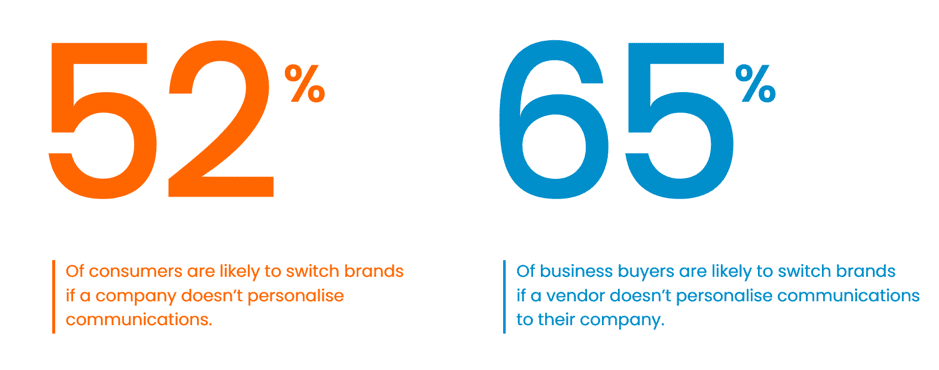Take a moment to recall the last time you received truly exceptional customer service
It’s probably not that easy to remember, right?
Most businesses strive to give good customer service, but very few stand out above the rest for providing great customer service. If you do happen to remember such an occasion, the thing that probably makes it so memorable is the very fact it stood out as being extraordinary (i.e. not the norm).
- That check-in staff member who remembered your name.
- That shop assistant who went above and beyond to help you find the best product for your needs.
- That hotel manager who took the time to ask for your feedback and then gave you a voucher for your trouble (this one happened to me just months ago, and I now talk about it often).

What do all these things have in common?
They’re rare. And because they’re rare, they pervade our consciousness, they make us feel special and they engender our loyalty. We want to shout from the rooftops about our wonderful experience to anyone and everyone who’ll listen.
Website personalization is also rare. Good website personalization is as rare as hen’s teeth and herein lies the opportunity. But before we get to that, let’s remind ourselves why website personalization is yet to become mainstream. In our last blog post we highlighted that there are five key blockers stopping brands from adopting personalization:
- Technology integration issues keep data and systems in silos.
- There is still a lack of evidence for personalization value compared to other disciplines.
- There is no unified and recognized personalization methodology.
- There is a lack of clarity around where ownership of personalization within a business should be.
- There is a personalization skills and experience gap in the industry.
These blockers are very real and should be taken seriously. However, personalization doesn’t have to challenge all the known blockers head-on, it can work around them. Rome wasn’t built in a day, as they say, but that doesn’t mean there was no value in Romans building their first roads, first forums and perhaps a few bathhouses.
Whilst many brands aspire to have a fully integrated, single-customer-view approach to personalization, by offering customers a seamless multi-channel and multi-device experience, this is just not realistic for most and shooting for the moon might just leave you with space radiation.
There’s a classic adage which advises that if you happen to be chased by a bear, you don’t have to outrun the bear, you just have to outrun the guy next to you.
In a world where very few websites are offering a personalized experience, you don’t have to offer all the bells and whistles, all the temples and colosseums, you just have to offer some good personalization to stand out and create those exceptional moments customers remember. These are moments that keep them coming back for more and make them bring their friends and family with them.
Customers do take notice and remember

A report by Accenture shows that 65% of customers are more likely to shop with a retailer who knows their purchase history. Salesforce research also shows that 52% of consumers would switch away from brands who don’t personalize communications, with 65% admitting that personalization affects their brand loyalty.
So, the challenge is to deliver some good personalization while working around the blockers most brands face. The solution is what we call ‘Essential Personalizations’.
Essential personalizations
Essential personalization is the right place for many brands to start because it deals with the five blockers mentioned above.
These personalizations
- Require only the simplest integration, often just requiring the addition of one line of code from a dedicated personalization platform.
- Are tried and tested by businesses in many sectors and have already proven their value against other methods of experience optimization.
- Enable the quickest return on investment, helping validate personalization for businesses and secure further investment.
- Require a minimal skill set to implement and present a simple and structured way for a team to gain experience.
- Can be easily understood and supported by a wide range of teams in a company, massively reducing barriers to entry.
A good example of just one essential personalization is smart product recommendations, which is offered as an out-of-the-box solution by many personalization tools now. Amazon is well known for doing a great job of providing personalization product recommendations and these are exceedingly useful to consumers.
In fact, Fortune Magazine attributed approximately 30% of Amazon’s revenue to product recommendations and it is staggering just how many businesses, who are perfectly positioned to benefit from smart recommendations, are yet to implement them.
Just think about all the conversations that persist on the topic of Amazon or Netflix’s recommendations. Recommending genuinely interesting products and content to users shouldn’t be newsworthy today. It should be the default, but it’s not. And because it’s not, when it’s done well it elevates the brand experience to a level beyond the competition.
In our next post, we’ll show how to identify the likely numerous essential personalization opportunities on your website and give examples of the best from around the web. Some of these techniques you’ll have heard of, some you probably won’t, but each has the genuine potential to make your customer’s experience that bit more frictionless and more persuasive.
Essential personalizations enable you to take your first personalization steps with confidence and stability. They provide evidence for further investment and allow for organic growth in skills and experience. They also nudge you ahead of the competition in terms of the customer experience you can offer, and they’ll allow you to glimpse the potential that a full-scale personalization campaign could deliver.
They’re certainly not insignificant baby steps though, for, in the land of the blind, the one-eyed man is king.